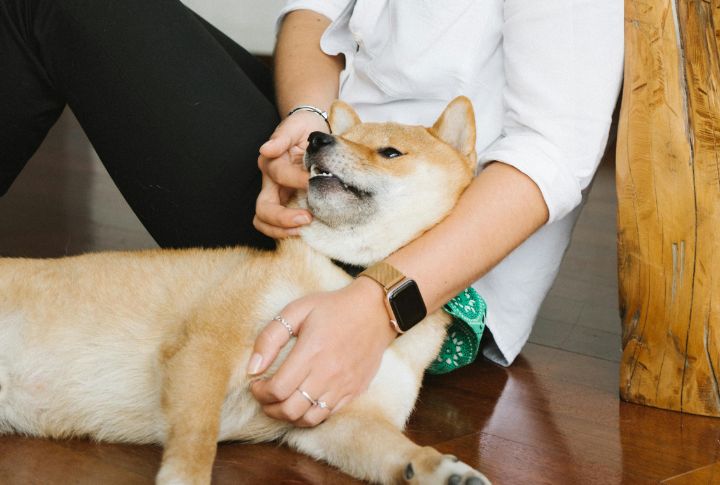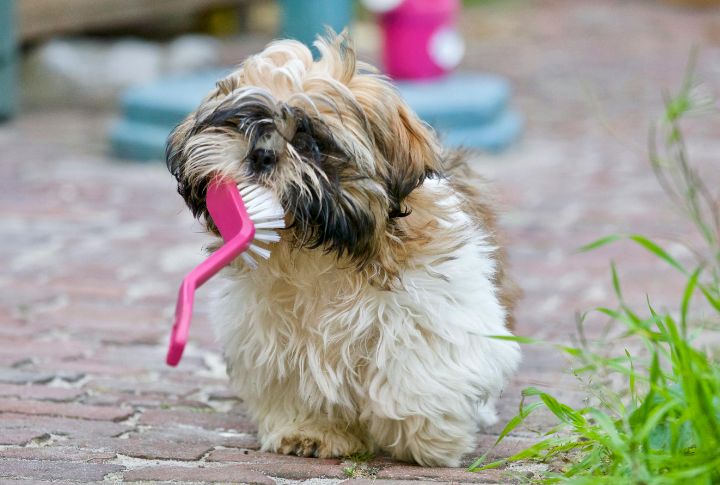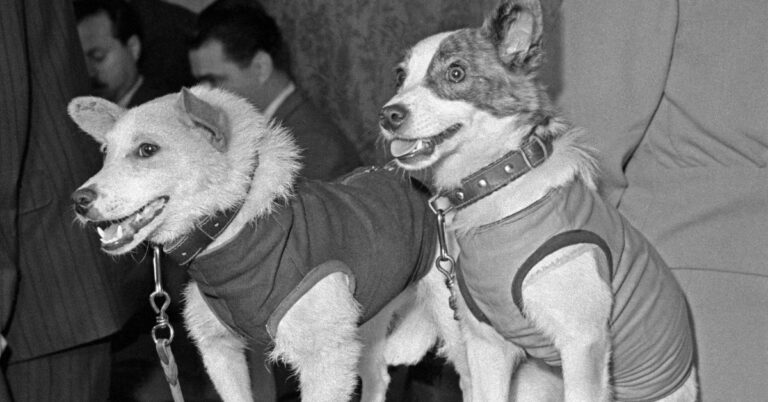How To Maintain Your Dog’s Oral Hygiene And Brush Their Teeth Like A Pro

Your dog sees the toothbrush coming. You see the panic in their eyes. A simple task turns into a wrestling match, and somehow, you both end up exhausted. Keeping your dog’s teeth clean matters, but it doesn’t have to be a struggle. A few simple steps can make the process stress-free.
Choose The Right Toothbrush

Not all toothbrushes are the same, especially when it comes to dogs. A human toothbrush might be too harsh on their gums and difficult to maneuver inside their mouths. Dog-specific toothbrushes come in various styles, from angled handles to double-headed designs that clean both sides of the teeth simultaneously.
Pick A Dog-Friendly Toothpaste

Human toothpaste can be dangerous. Ingredients like xylitol and fluoride are toxic to pets. Dog-friendly toothpaste is designed with their health and taste buds in mind, often flavored with chicken or peanut butter to make brushing more attractive. Enzymatic toothpaste, in particular, helps break down plaque without aggressive scrubbing.
Get Your Dog Comfortable

A toothbrush is a foreign object to most dogs, so expecting them to immediately accept it is unrealistic. Start by letting them sniff and lick the toothbrush and toothpaste before you even attempt to brush. Finally, gradually introduce touch by running a clean finger along their gums and teeth.
Use Positive Reinforcement

Dogs respond best to encouragement, not force. Every small step toward successful brushing should be rewarded. Verbal praise or extra playtime can also reinforce good behavior. The goal is to make brushing a positive experience. If your dog starts associating it with something enjoyable, they’ll be less likely to resist in the future.
Start With Short Sessions

Most dogs won’t sit still for a full brushing on day one. In the beginning, a few seconds of brushing is enough. Focus on one or two teeth, then gradually extend the duration over time. Building up slowly helps create a habit without overwhelming them.
Find The Best Time

Timing makes a huge difference in how cooperative your dog will be. Trying to brush their teeth when they’re full of energy is a losing battle. Instead, aim for a time when they’re naturally calmer. Some dogs are more tolerant when they’re slightly sleepy, while others do better after they’ve had time to relax.
Brush With Gentle Movements

Scrubbing too hard can irritate your dog’s gums, which makes them more resistant to future brushing. Circular strokes do the trick—effective on plaque, easy on nerves. Focus on the outer surfaces, as dogs’ tongues naturally help clean the inner sides. Lift their lips carefully and brush at a slight angle to reach the gum line gently.
Handle Resistance Calmly

Some dogs will resist brushing, no matter how carefully you introduce it. So, if they pull away or try to escape, don’t force it. Forcing them into submission can create long-term fear. Instead, take a step back and try again later. If needed, go back to letting them simply sniff the toothbrush or taste the toothpaste.
Make It A Routine

Dogs thrive on consistency, and brushing is no exception. The more predictable the routine, the easier it becomes. Whether you brush daily or a few times a week, keeping it up at the same time helps your dog anticipate what’s coming. Plus, pairing it with another established habit makes it easier to remember.
Watch For Dental Issues

Brushing is just one part of dental care. Even with regular cleaning, problems like tartar buildup or cracked teeth can still occur. Bad breath or difficulty eating could be signs of a deeper issue. Veterinarians recommend professional cleanings when necessary, along with routine checkups to catch problems early.





